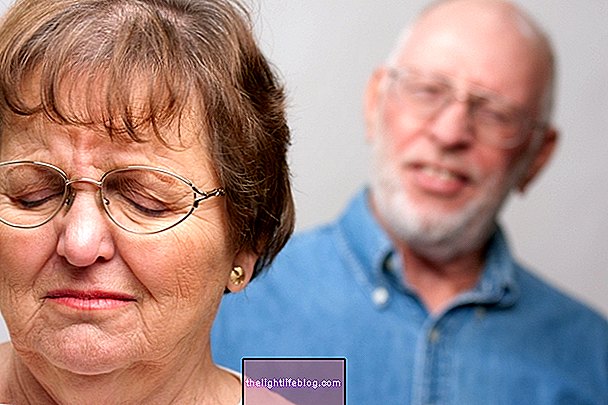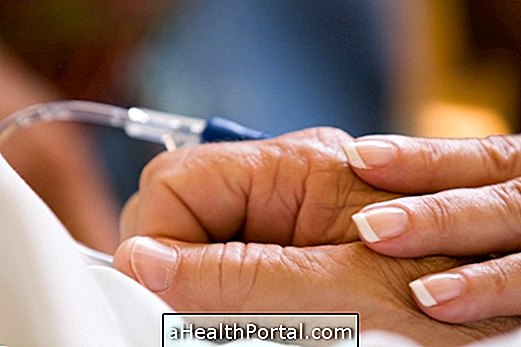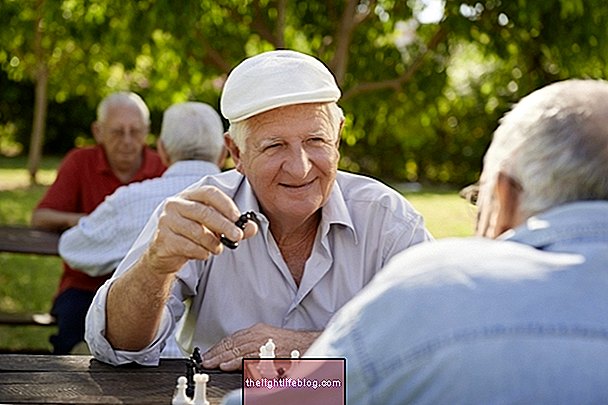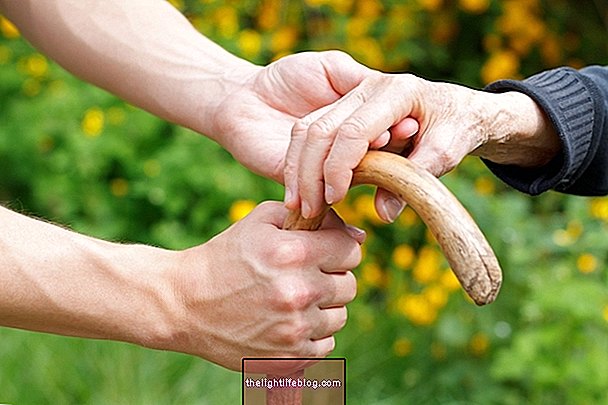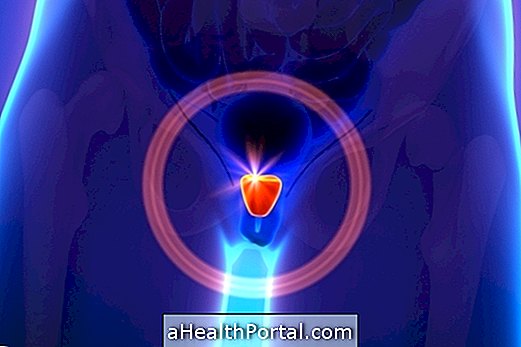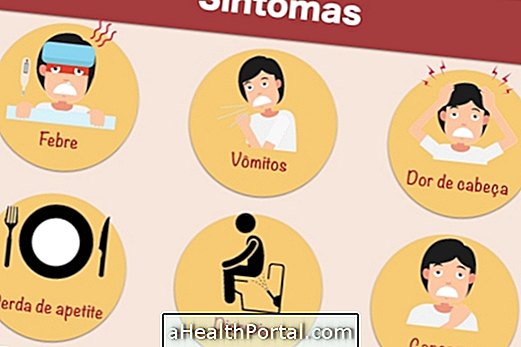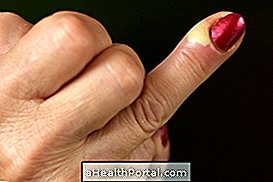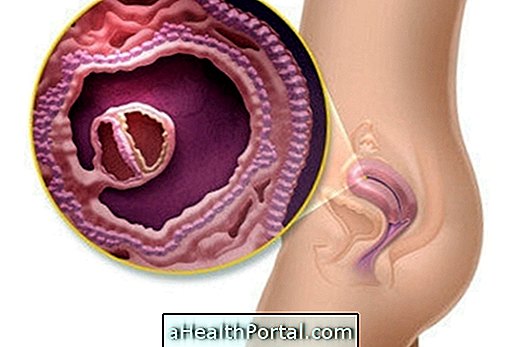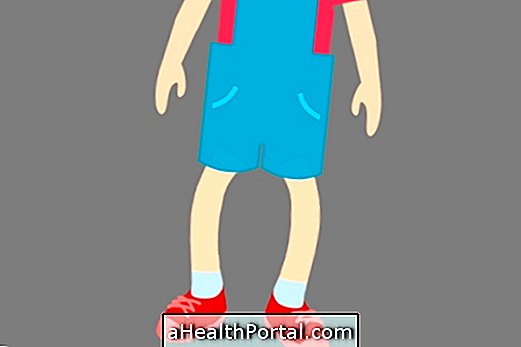Burkitt's lymphoma is a type of cancer called a very aggressive non-hodgkin's lymphoma, which can double in size in just 24 hours, but when properly treated, it has a great chance of healing.
Boys up to 10 years of age are also greatly affected by this cancer that can affect the maxillary bone, located in the face, or the abdominal region. However, this type of cancer is more common in immunocompromised individuals and carriers of the HIV virus, but Epstein-Barr virus contamination is also considered to play an important role in the development of the disease.
Symptoms of Burkitt's Lymphoma
The symptoms of Burkitt's lymphoma are usually only noticed when the disease is advanced, and may vary depending on the location of the tumor, but the most common symptoms of the disease are:
- Increased lymph nodes in the neck, underarms and / or groin;
- Excessive night sweats;
- Fever;
- Itchy skin;
- Weight loss without apparent cause.
As the jaw is one of the most easily affected sites, it is common to have swelling of one side of the face, toothache and increased volume of the internal region of the cheeks, affecting only one side of the face. The region may or may not be sore and the radiograph may show the displacement of the teeth that have not yet been born.
Diagnosis of Burkitt's lymphoma
For the diagnosis of burkitt lymphoma, tests such as X-ray, computed tomography of the affected region and biopsy of suspected tissues are required.
Burkitt lymphoma affects lymph node cells and therefore can spread to any part of the body relatively quickly. When it is suspected that the tumor has affected the nervous system it may be necessary to perform a puncture of the cerebrospinal fluid.
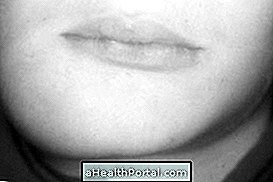

Treatment for Burkitt's lymphoma
Treatment for Burkitt's lymphoma, which is a type of cancer, can be done by combining several medications - multidrug chemotherapy and is considered aggressive chemotherapy.
The drugs that can be used together are cyclophosphamide, vincristine, doxorubicin, dexamethasone alternating with methotrexate and cytarabine. The choice of treatment depends on the staging of the tumor and its location and therefore, soon after the diagnosis the doctor must investigate the staging of the lymphoma.
Chemotherapy should be performed at a specialized cancer treatment center such as INCA, for example, and the patient usually stays hospitalized until the end of treatment.
Burkitt's lymphoma has a cure
Burkitt's lymphoma almost always has a cure, but this will depend on when the disease was diagnosed, the area affected, and whether treatment was started promptly. When the disease is diagnosed at an early stage and when treatment is started quickly there is a greater chance of cure.
Burkitt lymphomas in stages I and II have more than 90% cure, while lymphomas with stage III and IV have more than 80% chance of cure. When the patient does the treatment indicated by the oncologist and does not present tumor return or metastasis in 5 years, it is considered cured.
See too:
- See what are and how to deal with the side effects of chemotherapy
- What to Eat to Reduce the Side Effects of Chemotherapy
-
How to make hair grow faster after chemotherapy


